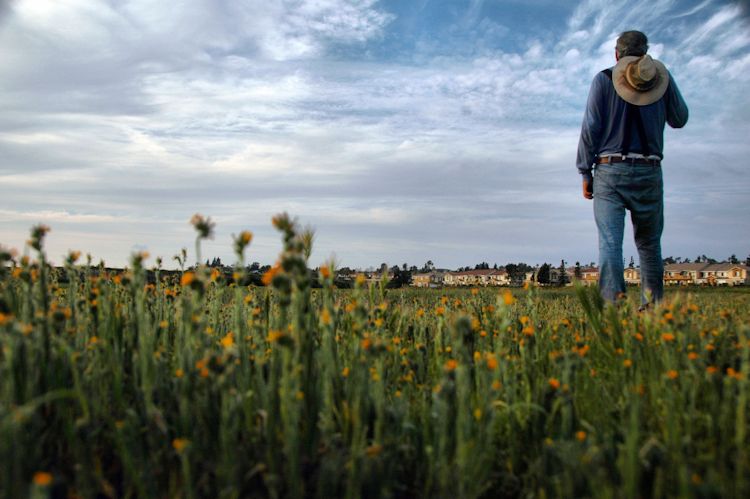Pax Nortona – A Blog by Joel Sax
From the Land of the Lost Blunderbuss
Home - Health - Mental Illness - Bipolar Disorder - Depression - The Dark Side of Peter Pan
The Dark Side of Peter Pan
Posted on February 20, 2005 in Depression Film Occupation of Iraq
 Suddenly, near the end of P.J. Hogan’s film version of Peter Pan, Wendy turns evil. “You’re old, you’re alone, you’re done for,” she chants at Captain Hook. The Lost Boys and her brothers join her. Hook tries to counter her negativism with his own positive self talk, but ultimately — as he hangs over the mouth of the gigantic crocodile which has hunted him for years — he despairs.
Suddenly, near the end of P.J. Hogan’s film version of Peter Pan, Wendy turns evil. “You’re old, you’re alone, you’re done for,” she chants at Captain Hook. The Lost Boys and her brothers join her. Hook tries to counter her negativism with his own positive self talk, but ultimately — as he hangs over the mouth of the gigantic crocodile which has hunted him for years — he despairs.
“I’m old. I’m alone,” he whimpers. Then crossing his arms over his heart, he sighs “Done for” as he plummets into the mouth of the water dragon to the acclaim of the audience.
Speaking as one who has suffered both disthymia and major depressive episodes, I must say that the way the kids do Hook in is frightening and all too typical of kids. Think of Hook as the loner — an outsider who just doesn’t hang with the crowd. He avoids them because they are toxic to him. In Hook’s world, Peter Pan isn’t the boy savior: he’s the boy bully forever chortling. Hook holds a grudge against Pan because Pan chopped off his hand and fed it to the crocodile. This, the depressive in me asks, is the heroic figure of the piece? It’s tempting to recast Hook as an anti-hero and Pan as an arch-villain — a mean little god who torments the aging ship’s captain with the fact of his oncoming decrepitude.
In my revised version, Wendy becomes Pan’s enabler. She turns her back to his malice. Pan’s behavior might be construed as sociopathic: Hook is surprised that the boy has any feeling at all. Tinkerbell? Pan’s codependent, who turns on him when he rejects her, but willingly runs back when she is invited. All these characters plus the Lost Boys help Pan to maintain his drunken youth.
Oh how we love the rogue when he is young and beautiful.
Because this is a children’s story, we don’t dare consider the evil inherent in Peter Pan. We look the other way. There’s an idolatry which comes into play when we think of our youthful heroes: they can do no wrong. Their alabaster iconography falls on us when we think a little deeper. And for this reason, many will clap when the spiteful Tinkerbell comes back from the dead. Others will celebrate the pathetic end and suicide of Hook.
While I enjoy the story as much as any, I do not hesitate to view the whole picture. Pan teaches children to taunt and to tease. He comes from the pen of a Colonialist, someone attuned to a sense of order which portrays carnage of the motherland as noble and good. I smile when the boy spirit returns just as many man-child does. I thrill to the special effects and wish I could fly. Bombers, jet fighters, and cruise missiles all fly as well, however. These bring suffering to children who cannot scoot out of their way. What of the Lost Boys of Iraq?
We lade our troops with special equipment, deploy magical robots in the field, and pride ourselves in the magic of our Army, Navy and Air Force. As the deaths-heads whirl through the sky we chant “You’re alone! You’re done for!” Dressed in the same green camouflage as Barrie’s sprite, our soldiers kill and destroy. Here at home, we stand as Wendy’s urging him on. Perhaps we should check our glance on the situation from Hook’s point of view. I doubt we’ll give him the victory, but it may expose much about our real motives and the ways we have been programmed to overlook the evil we wreak in the name of technological magic and glory.

